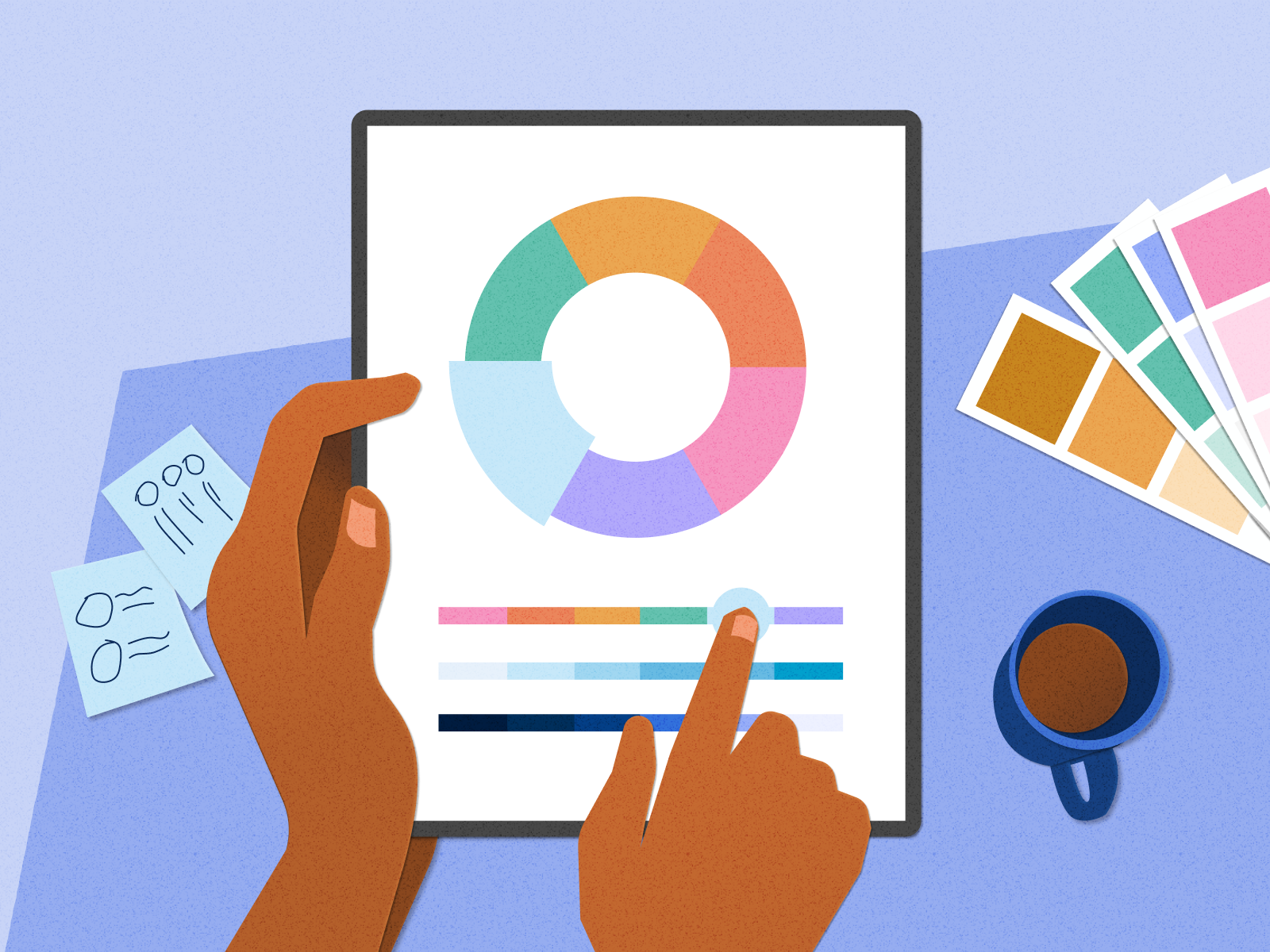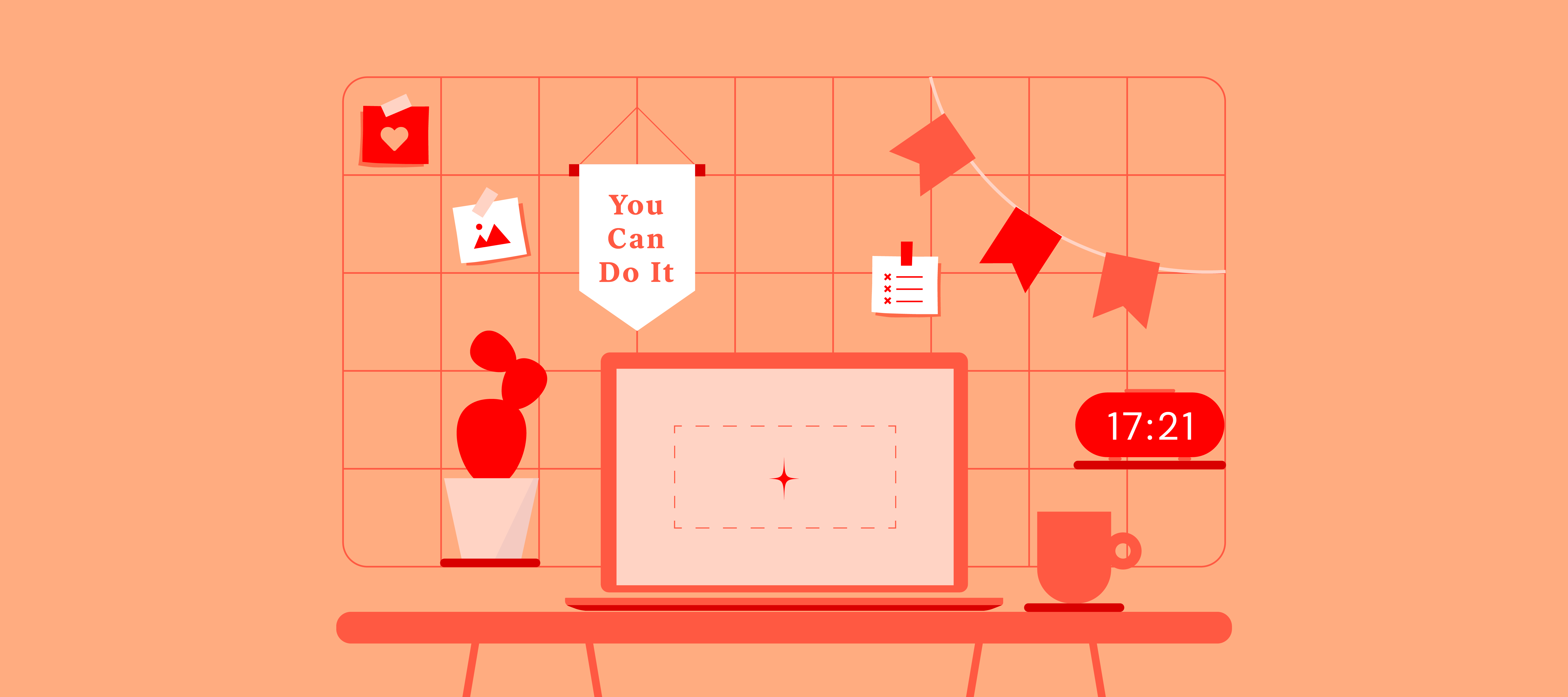Aligned Position Web Design: Building Beautiful and Functional Websites for Your Business
Aligned Position Web Design: Building Beautiful and Functional Websites for Your Business
Blog Article
The Very Best Kinds Of Web Style to Improve User Experience and Engagement
In the ever-evolving landscape of electronic interaction, the efficiency of website design dramatically influences user experience and interaction. Various layout methods, such as minimal, responsive, and interactive designs, each offer special advantages that can accommodate diverse individual demands. Understanding which kinds of website design ideal serve these purposes can be essential for companies intending to enhance client satisfaction and retention. Nonetheless, the question stays: which layout elements truly reverberate with customers and foster significant involvement? The expedition of these concepts discloses crucial understandings that may redefine your technique to Web layout.
Minimalist Website Design
As electronic landscapes end up being progressively messy, minimalist Web layout has emerged as an effective approach to boosting customer experience. This layout viewpoint focuses on simplicity, concentrating on essential aspects while eliminating unneeded disturbances. By making use of sufficient white area, simple navigation, and a minimal shade scheme, minimal style fosters clarity and routes individual attention to key web content.
The core principle of minimal Web layout is to produce a smooth interaction for customers. By minimizing cognitive load, users can quickly grasp details without feeling bewildered. This straight method not only improves functionality but also encourages engagement, as visitors are a lot more most likely to discover a website that is easy and visually appealing to browse.
Furthermore, minimal style typically highlights typography and images, utilizing these components tactically to share messages successfully. In essence, minimal Web layout is not just a pattern; it is a thoughtful approach that recognizes the value of user-centered style.
Receptive Website Design
In today's varied digital environment, responsive website design has come to be necessary for producing a smooth individual experience throughout a wide variety of tools. As customers gain access to web sites on mobile phones, desktop computers, tablets, and laptops, the capability of a web site to adjust its design and material to various display dimensions and resolutions is essential.
Responsive Web style utilizes versatile grids, photos, and CSS media questions to guarantee that Web material exists ideally, despite the device utilized. This technique not just boosts the aesthetic appeal of a site however additionally significantly boosts usability. Users are more probable to engage with a site that provides a regular experience, as it gets rid of the aggravation of needing to zoom in or scroll exceedingly.
Furthermore, online search engine, including Google, prioritize mobile-friendly internet sites in search rankings. By taking on responsive style, organizations can enhance their presence and reach a broader audience. This method also simplifies internet site maintenance, as a single variation of the website can satisfy all gadgets, lowering the demand for several variations. In summary, receptive website design is an essential practice that boosts individual experience, involvement, and total satisfaction.
Interactive Web Design
Responsive website design lays the groundwork for boosting individual experience, but interactive Web design takes this an action additionally by engaging customers in a more vibrant means - Aligned Position Web Design. By incorporating components such as animations, clickable models, and real-time comments, interactive website design astounds individuals, drawing them right into a richer surfing experience
This method not just promotes interaction however likewise motivates users to explore material proactively rather than passively eating it. Strategies such as gamification, where users make rewards for finishing tasks, can dramatically improve the moment invested in a site and boost overall complete satisfaction. Furthermore, interactive functions can streamline complicated details, making it more satisfying and digestible.

Including interactive layout components can additionally cause higher conversion rates, as users are much more likely to involve with a website that actively involves them. Aligned Position Web Design. Inevitably, interactive Web design transforms user experiences right into unforgettable trips, guaranteeing that visitors return time and once again
Flat Layout
Characterized by its minimalistic technique, level layout stresses simpleness and performance, removing unnecessary aspects and concentrating on necessary functions. This style approach prioritizes use, making certain that users can browse interfaces effortlessly and effectiveness. By utilizing a clean visual, level style eliminates the clutter typically found in much more ornate designs, consequently improving customer focus on material and functionality.
The hallmark of flat design lies in its usage of strong colors, simple typography, and geometric forms. These aspects contribute to an aesthetically appealing interface that is both friendly and modern-day. Additionally, level design promotes a feeling of clarity, permitting customers to determine necessary activities and details without distraction.
Moreover, level style is particularly efficient in responsive Web style, as its simpleness translates well across various devices and screen dimensions. The lack of complex appearances and slopes reduces packing times, which is vital for preserving individual interaction. As electronic landscapes continue to develop, level design remains an appropriate option for creating straightforward sites that improve general experience. By concentrating on essential features, level design not only meets customer needs but also encourages smooth communication, making it an essential part of efficient Web design approaches. Recommended Reading
Adaptive Web Layout
Flexible Web style personalizes the user experience by developing numerous fixed designs tailored to various screen sizes and gadgets. Unlike receptive style, which fluidly changes a solitary layout, adaptive style utilizes distinct designs for particular breakpoints, ensuring ideal presentation on numerous systems. This method allows developers to focus on the one-of-a-kind attributes of each gadget, improving functionality by supplying precisely what individuals need based on their context.
One of the key benefits of adaptive Web design is its ability to maximize lots times and performance. By serving customized content and images that fit the customer's tool, internet sites can lessen data use and enhance loading speeds. This is particularly advantageous for customers with slower links or limited information plans.

In addition, flexible layout facilitates a more regulated and regular branding experience. Because designers create multiple formats, they can make certain that the aesthetic aspects straighten with the brand name's identity across various systems see - Aligned Position Web Design. This leads to a cohesive customer experience, enhancing engagement and promoting customer retention
Final Thought
To conclude, the assimilation of minimal, responsive, and interactive Web layout principles considerably improves user experience and involvement. Minimal design cultivates clearness and focus, while responsive layout makes certain versatility across numerous devices, advertising availability. Interactive style astounds individuals via dynamic components, motivating exploration and customization. Collectively, these layout approaches add to the development of easy to use environments that not only boost fulfillment but likewise drive greater conversion rates, highlighting their essential value in modern website design approaches.

Minimal design fosters clearness and focus, while responsive style makes sure flexibility across numerous tools, promoting availability. Jointly, these style approaches contribute to the development of easy to use atmospheres that not just enhance contentment yet likewise drive greater conversion rates, underscoring their vital value in contemporary Web design strategies.
Report this page